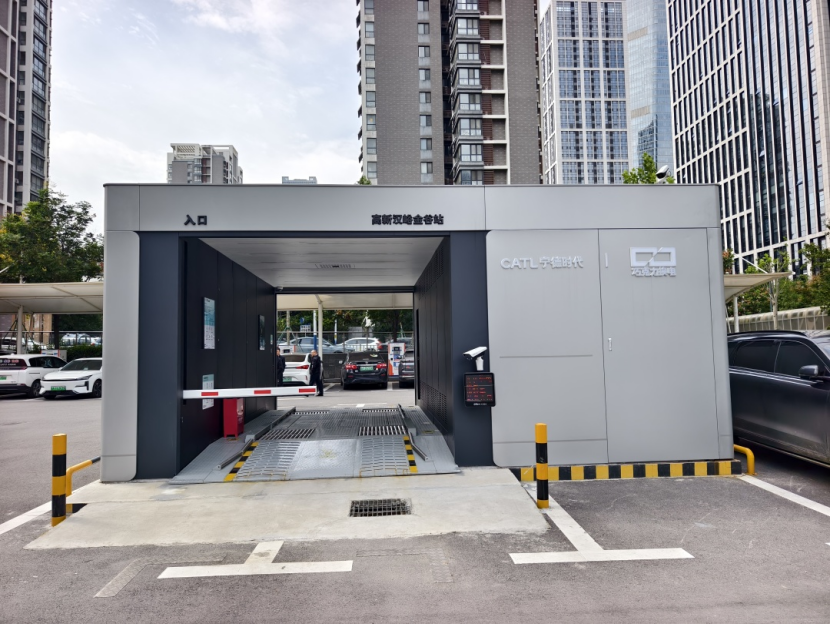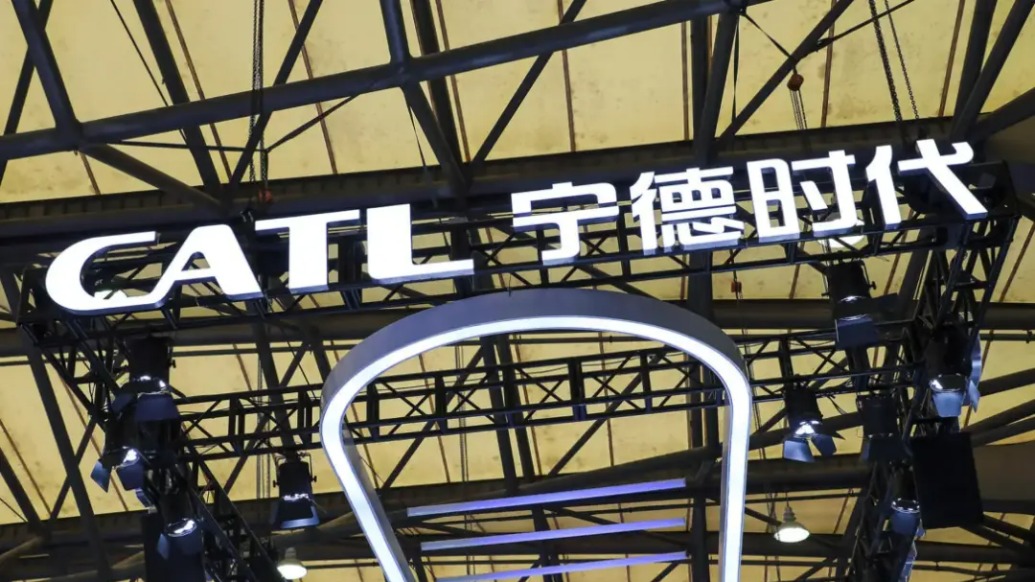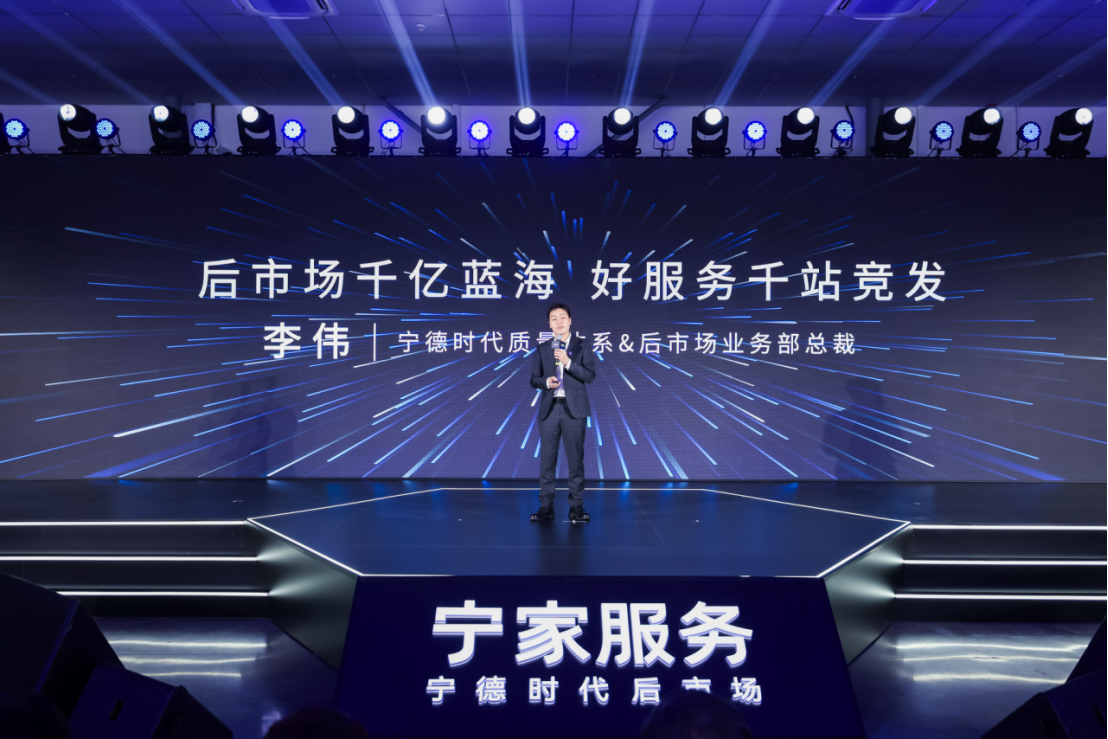
CATL (300750.SZ/03750.HK) announced on October 24 that it signed a strategic cooperation agreement with unmanned mining truck company Easycon Intelligent Driving Technology Co., Ltd. (hereinafter referred to as "Easycon Intelligent Driving") on the same day. The two parties will focus on electric unmanned mining scenarios, and carry out in-depth collaboration in multiple dimensions such as capital, technology, market and ecology, and jointly promote the transformation and upgrading of the mining industry towards a green, intelligent and efficient direction.
CATL said that this marks that the construction of electric unmanned mines has gradually entered the fast lane of large-scale and industrialized development from the past technical verification stage.
The Paper noted that in terms of specific cooperation content, based on the operational data of more than 20 mines of Easycontrol Intelligent Driving, the two parties will jointly develop the next generation of special batteries suitable for extreme working conditions such as high cold and high altitude; relying on the mining resources of CATL and its partners, they will jointly create a safe, efficient and replicable open-pit mine unmanned transportation model project, and gradually promote it to new mining areas; after completing the verification of various typical scenarios in China, they will jointly promote the "new energy + unmanned driving" integrated solution to the world and participate in the construction of international green mining standards.

By September 2025, the two companies had over 2,000 electric unmanned mining trucks in operation, with a cumulative mileage exceeding 65 million kilometers. These trucks have been pioneered in large-scale application in coal, metal, limestone, and other mining industries. According to the latest data released by Easy Control Intelligent Driving, the company's unmanned mining vehicles account for over 50% of the industry.
Founded in 2018 and headquartered in Shanghang, Fujian, Yikong Intelligent Driving has three R&D bases in Beijing, Shanghai, and Zhengzhou, and has established local service networks in China and Australia. The company's founder and CEO, Lan Shuisheng, is a serial entrepreneur in the internet sector. Co-founder and Chairman Zhang Lei has a technical background and previously worked on autonomous driving R&D at Yutong Bus.
It's worth noting that on June 25th of this year, E-Control Intelligent Driving officially submitted its listing application to the Hong Kong Stock Exchange, aiming to become the "first listed company in the mining industry for autonomous driving." The prospectus indicates that according to Frost & Sullivan, a renowned global consulting firm, E-Control Intelligent Driving will rank first among global Level 4 autonomous driving companies based on revenue by 2024. However, E-Control Intelligent Driving has accumulated losses exceeding 900 million yuan over the past three years and suffers from a high customer concentration.
In fact, CATL is also a shareholder of E-Control Intelligent Driving. Just one day before formally submitting its IPO application, E-Control Intelligent Driving announced the completion of over 400 million yuan in Series D funding. This round was led by CATL through its sole industrial investment platform, CATL Capital, and its own capital. It also received joint investment from strategic industry partners and investment institutions, including Fanguang Capital, Star Fund under Falcon Investment, Zhongji Holdings, Tongli Shares, and Huace Navigation. The funds will be primarily used for the research and development of autonomous driving products and market development, as well as international expansion into overseas markets such as Australia.
Yikong Intelligent Driving stated that the support from multiple industry players, including CATL, signifies deep recognition of the commercialization of autonomous driving in mining by both upstream and downstream sectors of the industry chain and the capital market. The company also noted that this Series D financing not only fuels its internationalization efforts but also marks the transition of the autonomous driving industry from a "technical verification phase" to a "scale expansion phase."


